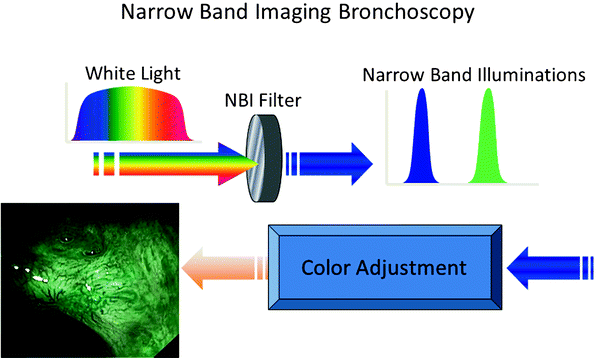- Home
- Departments
Departments Of Narrow Band Imaging
Narrow-Band-ImagingNarrow Band Imaging (NBI) is an advanced imaging technique used in endoscopy to enhance visualization of the mucosal surface of internal organs, particularly in the gastrointestinal tract. It utilizes specific narrow bands of light to highlight the superficial blood vessels and tissue structures within the mucosa, providing better contrast and detail compared to traditional white light endoscopy.
During an endoscopic procedure using NBI, the endoscope is equipped with filters that narrow the bandwidth of light emitted by the light source, typically in the blue and green wavelengths. This targeted light spectrum enhances the visibility of the mucosal surface and superficial blood vessels, allowing for improved detection of abnormalities such as lesions, polyps, or early-stage cancers.
NBI is particularly useful in the screening and surveillance of gastrointestinal conditions such as Barrett's esophagus, colorectal polyps, and early-stage gastrointestinal cancers. It enables healthcare providers to identify subtle changes in tissue morphology that may indicate the presence of pathology, facilitating early diagnosis and intervention.
One of the key advantages of NBI is its ability to enhance diagnostic accuracy without the need for additional contrast agents or dyes. It is a non-invasive and real-time imaging modality that can be seamlessly integrated into routine endoscopic procedures, providing immediate visual feedback to the endoscopist.
Overall, Narrow Band Imaging represents a valuable tool in modern endoscopy, offering improved visualization and diagnostic capabilities for a wide range of gastrointestinal conditions. Its use can lead to earlier detection of pathology, more targeted biopsy sampling, and improved patient outcomes.

